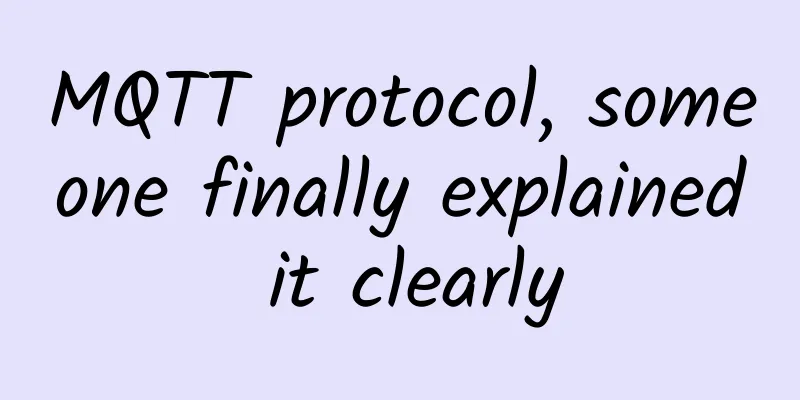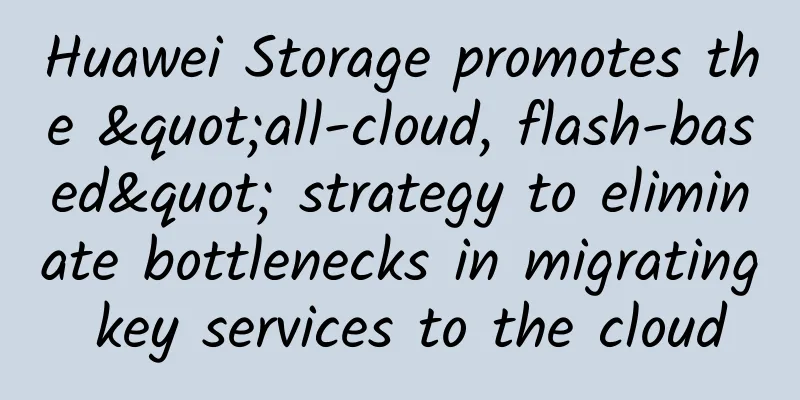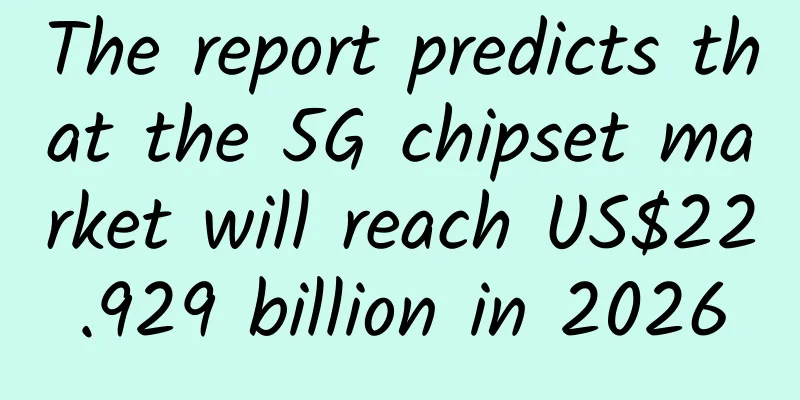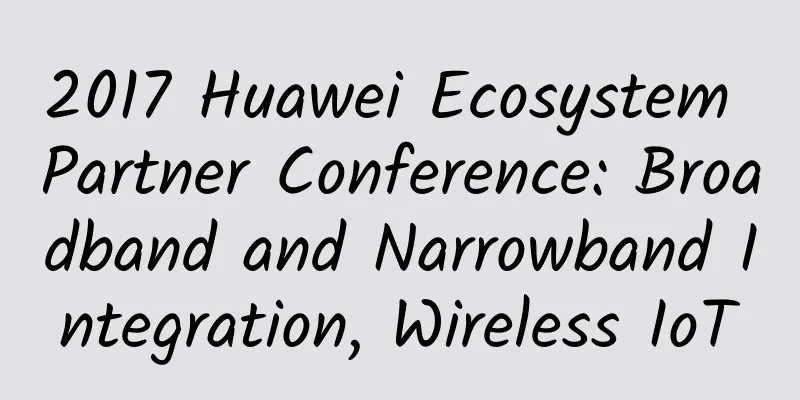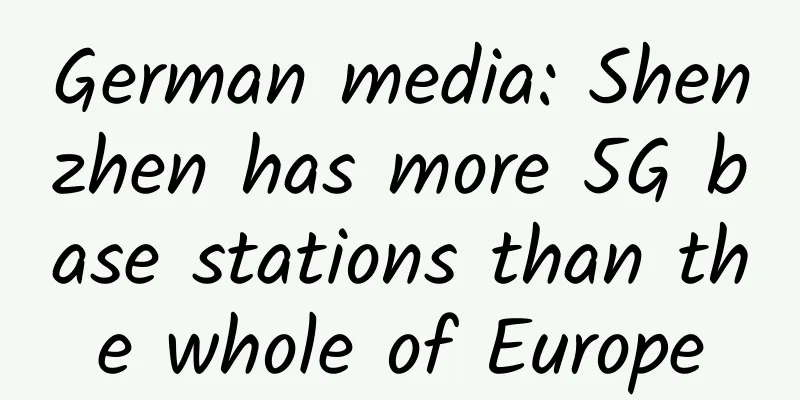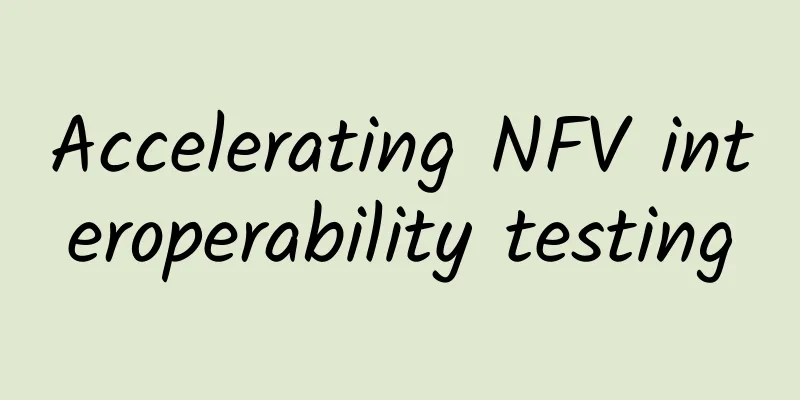How high is the spectrum efficiency of 5G?
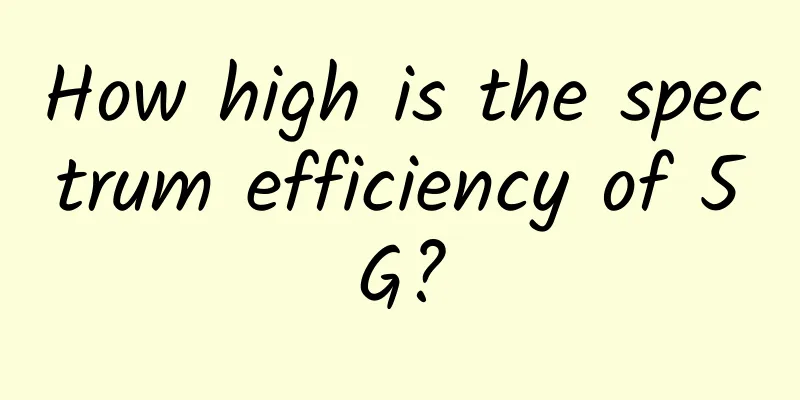
|
This article is reprinted from the WeChat public account "Wireless Deep Sea", written by Fei Caicai. Please contact the Wireless Deep Sea public account to reprint this article. Wireless spectrum is the most valuable resource for operators. If the wireless network is compared to a rice field, the wireless spectrum is the land for growing rice. If the land is scarce and you want to achieve high yields, you can only work hard to cultivate good varieties. Each generation of development in mobile communications is equivalent to the cultivation of higher-yielding rice varieties. Combined with land reclamation and finding ways to use the previously difficult-to-use barren land, we can achieve a several-fold increase in yield. For communications, increasing throughput means achieving faster data transmission rates (in Mbit/s) on the same bandwidth (usually in MHz). 4G and 5G can support a variety of different system bandwidths. To measure their capabilities, we need to calculate the transmission rate per unit bandwidth, also known as spectrum efficiency: Rate (Mbit/s)/Bandwidth (MHz) = Spectral Efficiency (bit/s/Hz) With this calculation, we can know the spectrum efficiency, that is, how many bits of data can be transmitted per hertz of spectrum per second. We can do the math: In the above table, the theoretical spectrum efficiency of 5G cells is 3.68 times that of 4G. LTE uses the most mainstream 4-antenna transmission, and each cell and each user can achieve the same number of streams, which is a maximum of 4 streams; 5G uses 64 antennas for transmission. Although each user can only support a maximum of 4 streams, with the support of Massive MIMO technology, the same spectrum in the entire cell can be reused by multiple users, achieving a total of 16 streams, crushing 4G in peak rate. In other words, the multi-user multi-stream transmission brought by Massive MIMO technology is the key to improving the theoretical spectrum efficiency of 5G. For a single user, the spectrum efficiency of 5G is equivalent to that of 4G, and the rate increase mainly depends on the increase of system bandwidth. The above is the maximum spectrum efficiency in theory, which is completely different from the actual user in the real cell. In actual use, the peak rate is definitely not achievable, as there are too many factors that affect the rate. This requires a more practical indicator: average spectral efficiency. Imagine that the number of antennas in densely populated urban areas, suburbs, and rural areas is different, the antenna heights are different, the frequency bands may also be different, the station spacing is different, the number of users is different, and the reflection, diffraction, and absorption effects of buildings on wireless signal propagation are also different. Can the cell rates be the same? Even under the same base station, multiple users are at different distances from the base station, use different mobile phones, move at different speeds, and perform different services. How much throughput can be achieved for so many users? This system is too complex. To know the average spectrum efficiency, we must use a computer to input all the above variables into the system, add many assumptions, and calculate according to a certain model. This process is called simulation. Generally, base stations use four antennas for transmission, and the average spectrum efficiency of 4G in urban areas is around 2.9 bit/s/Hz. That is to say, the average downlink rate of a 4G cell with a 20M bandwidth can only reach 58Mbps. 5G base stations use 64 antennas for transmission, and the average spectrum efficiency in densely populated urban areas is around 10 bit/s/Hz. That is to say, for a 5G cell with a 100M bandwidth, the average downlink rate is about 1Gbps. Similar to the maximum spectrum efficiency, 5G is more than three times that of 4G, but 5G has a large spectrum bandwidth, so the final average downlink rate of 5G cells is also amazing. So the question is, has the 5G vision been fulfilled? Let's look at the figure below. From the perspective of eMBB services, the user experience rate of 5G must reach 100Mbps. Judging from the fact that the spectrum efficiency is around 10 bit/s/Hz, the average downlink rate of a 5G cell with 100M bandwidth is about 1Gbps, it seems that the average user experience rate has reached 10 times the target. In fact, although the average rate is high, the user signal at the edge of the cell is not good and may be affected by other interferences, so it is difficult to achieve a rate of 100Mbps. Therefore, in actual network planning, 50Mbps is generally used as the standard for edge users, and 100Mbps is only used as a challenge target for high-value areas. Ultimately, to achieve good coverage and high speed, you have to spend money to build new stations, and network construction needs to consider the balance between investment and benefits. |
<<: 5G toB: The next battle between operators and OTT?
>>: GSMA: Global 5G deployment will slow down due to the epidemic
Recommend
GSA report: 63 operators around the world have launched commercial 5G services
The latest global 5G network development report f...
How much is the 700MHz frequency band worth? 7.6 billion!
[[388322]] Today, UK Ofcom announced the results ...
Tencent Xingmai Network 2.0 upgrade supports 100,000-card super cluster
With the rapid development of artificial intellig...
ZJI newly launched Hong Kong one machine three lines (Kwai Wan/Alibaba Cloud/Huawei Cloud) server, 20% off monthly payment starting from 800 yuan
ZJI is a well-known hosting company in the WordPr...
2022 UBBF|Huawei's optical transmission demonstration site is on display
[Bangkok, Thailand, October 28, 2022] From Octobe...
How many hurdles does industrial digital transformation have to overcome? Wind River provides a cost-effective option that integrates the old and the new
[51CTO.com original article] "It's time ...
Do you want to switch to a 5G package? Here is a comprehensive comparison of 5G packages
With the launch of iPhone 12, 5G finally filled t...
From ServiceMesh to Decentralized SOA Bus
I have talked about service mesh, API gateway and...
What are the interference protection measures for the computer room's integrated wiring system?
1. Types of interference sources (1) Interference...
Say goodbye to data "roaming" fees: 10 questions, everything you want to know is here
Recently, the three operators have successively i...
FreeWheel Diane Yu: Gather the best people to do the happiest things
[51CTO.com original article] This is not the firs...
What is edge computing and why is it important?
Edge computing is changing the way millions of de...
Application scenarios are becoming increasingly diversified, and my country is accelerating the development of blockchain technology
my country has the world's largest Internet a...
13 key technical differences between SD-WAN providers
Choosing the right software-defined WAN vendor ca...
How 5G Promotes Smart City Development
Global examples of how smart cities are leveragin...

